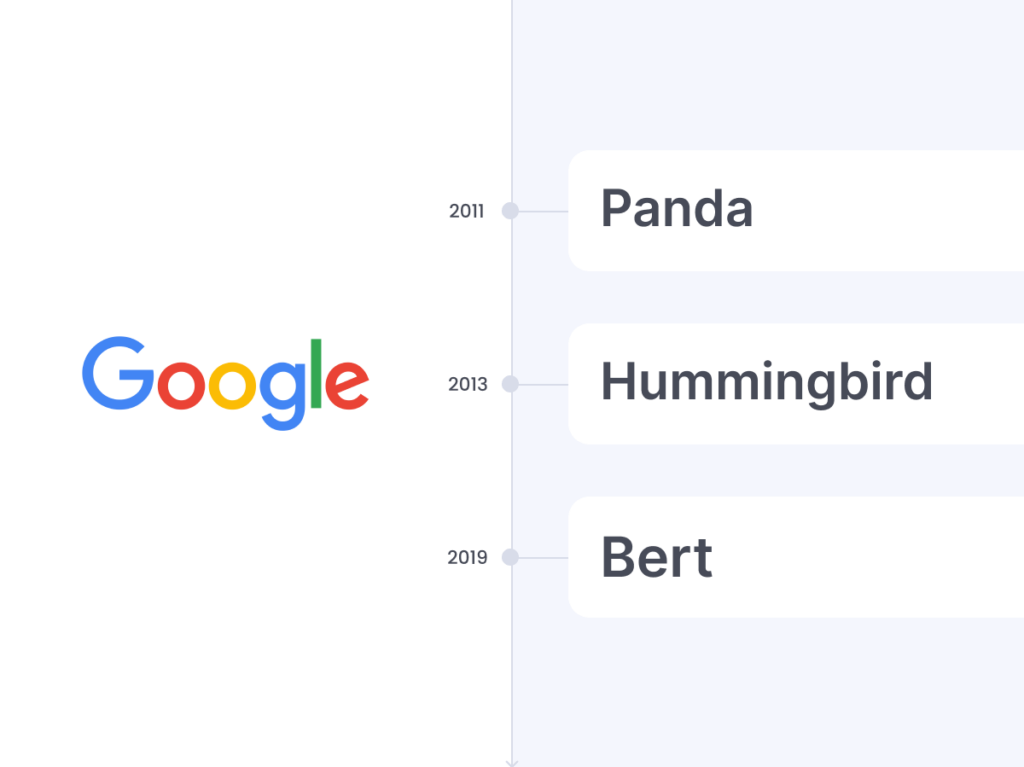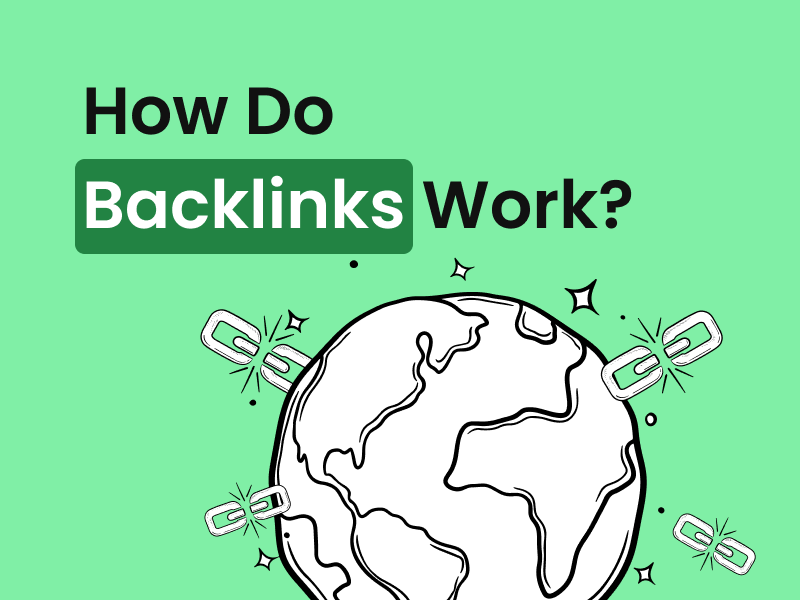What is Keyword Stuffing? Definition, How to Avoid and Why It’s Bad for SEO

By Melissa Ng | Last Updated 12 January 2024
Understanding Keyword Stuffing
What is Keyword Stuffing?
Keyword stuffing is a frowned-upon SEO practice where a webpage is loaded abundantly with keywords in a bid to manipulate search engine rankings. According to Google, keyword stuffing is an attempt to inflate a website’s standing on search engine results pages (SERPs) by overloading a webpage with multiple keywords.
Typically, the keywords are forced into text where they don’t fit naturally, or used excessively or out of context, often appearing in groups or lists. This practice is also humorously referred to as ‘keyword stuffing talk.’ Brands can mistakenly apply this technique excessively, hoping to boost their online visibility – a significant misunderstanding. An effective approach to avoid this pitfall is to observe your competition’s keyword strategies, ensuring your chosen term is a popular, low-competition keyword – allowing you to enhance your rankings on SERPs without partaking in harmful practices.

Visible vs. Invisible Keyword Stuffing
Keyword stuffing takes two main forms: visible and invisible.
Visible keyword stuffing, a blatant SEO tactic, is when target keywords or phrases are excessively utilised in the web page text in a way that seems unnatural and forced. It may come in the form of heedlessly scattered keywords, over-stuffed lists, or excessive sprinkles throughout the content. This conspicuous approach is easily spotted and often deteriorates the user experience due to decreased readability and comprehensibility.
On the other hand, invisible keyword stuffing is a more covert tactic. It’s akin to a cunning play on technical parameters of a website such as meta tags and alt tags. This strategy subtly inserts keywords in areas that are not directly noticeable to visitors; these include title tags, meta descriptions, meta keyword lists, image alt text, and even unseen body text. Invisible keyword stuffing might also rely on changing the colour of text to blend with the background, making the web page text indistinguishable. Despite not being visible to the average visitor, search engine crawlers can detect these tactics with remarkable precision. The singular aim is to fool search engine algorithms into assigning higher rankings.

The Impact of Keyword Stuffing on SEO
Why Keyword Stuffing is Bad for SEO
Keyword stuffing brings several drawbacks that can seriously harm your SEO efforts.
Firstly, it undermines the quality of your content, reducing readability, resembling spamming, and potentially turning users away due to its tiresome repetition. Such content, saturated with the same words or search engine optimisation (SEO) terms, can deter your audience and negatively impact your website’s credibility and user experience. A proper SEO strategy involves enhancing content quality, not making it difficult to read.
Secondly, keyword stuffing may backfire when it comes to achieving higher search engine rankings. Google favours high-quality, user-centric content, and successful search engine optimisation or SEO strategies take this into account. Notably, if Google detects unnatural or overemphasised keyword usage, especially at large scale or misleading backlinks, your website is likely to suffer in SERPs.
Thirdly, keyword stuffing breaches Google’s spam policies that define the fine line between effective SEO tactics and keyword spamming. You risk penalties such as lower rankings or even a manual action (also called a Google penalty). When detected for link spamming or spamdexing, Google has the power to demote or remove your site from search results, disrupting your SEO and backlinks strategies. Hence, steer clear from keyword stuffing to safeguard your website’s SEO health. Keep the focus on quality content, optimised naturally with relevant terms or keywords, and invest in solid backlinks.

Google Updates and the Consequences for Keyword Stuffing
Google’s primary intent is to provide valuable, high-quality content to users. In this context, Google often updates its algorithm to penalise actions such as keyword stuffing, an outdated technique intended to deceitfully boost a site’s ranking on the SERPs by attempting to match keywords frequently enough to trick the search engine. Updates, such as Panda (24th February 2011), Hummingbird (26th September 2013), and Bert (25th October 2019), were specially designed to discourage keyword stuffing and similar misleading practices.
These updates brought attention to vital SEO strategies, including the importance of content quality, relevance, and context. For example, Panda not only assigned a quality score to individual web pages but also introduced penalties for unwise keyword stuffing or invisible keyword stuffing where texts or keywords were cleverly hidden from the readers. Hummingbird elevated the importance of relevance, focussing on search intent and penalising websites that cluttered their content with inappropriate keywords that did not align with the context. 2019’s Bert update rewarded user-friendly content and zeroed in on sites offering poorly written, keyword-stuffed content by emphasising on producing naturally-written text instead of obsessing with exact-match keywords.
In light of these updates, any website found guilty of this outdated method could face severe repercussions, including a potential drop in rankings, reduced traffic, and even complete removal from search results. Therefore, it is essential to regularly monitor user behaviours on your site, taking prompt corrective actions if necessary.

Practical Tips to Avoid Keyword Stuffing
How to ensure Appropriate Keyword Usage
Appropriate keyword usage begins with a strategic understanding of keyword density and a responsible approach to their use. Here are six essential steps engineered towards efficient blog post creation and keyword optimisation:
- Assign a primary keyword per page: Within the confines of your blog, each page should have a unique primary keyword, along with acceptable variations of that same keyword. This is the first paragraph of forming a robust, SEO-friendly keyword list.
- Aim for more than 1000 words: Rich, informative, and valuable content paves the way for seamlessly integrating the keywords. Lengthier blog posts give room for a diverse keyword count and varied use.
- Determine keyword density per page: Keep your blog post’s keyword density below 2% to stay within the parameters of best SEO practices. Useful SEO checking tools can assist with this task.
- Add synonyms, secondary keywords, and long-tail keywords into the copy: Serving as suitable replacements for your primary keyword, these reduce the risk of stuffing or overusing the primary keyword inside every single paragraph. Synonyms are a brilliant strategy for preventing keyword optimisation issues.
- Place your keywords in the right page elements: Include them naturally in the title, meta tags, headers, alt text, and within the copy of your blog. This is a staple SEO strategy that further enhances optimisation by infusing the keywords naturally into your blog post.
- Check your stats: After publishing your blog post, analyse the keyword density using tools like the Yoast SEO Plugin and Semrush’s On-Page SEO Checker. You can even compare your keyword usage with competitors for a comprehensive analysis.
Remember, the aim is to place your target keyword throughout the blog content naturally and relevantly, not as an obligatory task. Instead, view it as an organic part of the content that makes reading more informative to the user.

How Secondary and Long-tail Keywords can help
Secondary and long-tail keywords are crucial in improving your website’s SEO as they provide context to your primary keyword and prevent keyword stuffing. Particularly in the competitive world of ecommerce, these keyword types, including secondary and long-tail keywords, play a significant role. They offer search engines additional context, asserting that your ecommerce page extensively covers your intended topic. Secondary keywords would be synonyms or variations of your primary keyword, while long-tail keywords offer a customised, textured version of your primary keyword.
The benefits of utilising these keywords, carefully harvested through comprehensive keyword research in the context of ecommerce, include:
- Contextual relevance: These keyword variations supply search engine algorithms ample content to understand, thereby creating a rich context for your ecommerce page.
- Improved ranking for specific queries: Long-tail keywords can assist you in ranking for niche, targeted queries, enhancing your visibility to the right ecommerce audience.
- Reducing keyword stuffing: They offer an organic alternative to spammy SEO tactics like keyword stuffing, providing a more sincere method of introducing keywords into your ecommerce content.
- Increasing opportunity to feature in the “People also ask” section: More keywords mean more chances of addressing a broad range of related ecommerce questions through research and strategic implementation.
- User-friendliness: These keywords aid in creating a conversational tone, enhancing user experience, readability, and overall navigation on your ecommerce site.
Before embarking on an ecommerce webpage optimisation journey with them, the process must commence with target keyword assignment rooted in diligent keyword research.
Consider using a deft tool like SE Ranking’s Keyword Suggestion Tool to help identify related long-tail keywords and questions that you can effortlessly weave into your ecommerce content.
FAQs about Keyword Stuffing and SEO
Should I focus on a Specific Number of Keywords per Page?
Yes, but there’s a balance. In the world of SEO, this is often termed as the “magic number” of keyword count – it’s one primary keyword per page that should be aligned with the content topic. Sprinkling in appropriate variations and synonyms is a recommended strategy. Both these guidelines hold true not just for Google, but also for search engines like Bing. However, avoid the temptation to overstuff the page with a particular keyword; focus instead on crafting informative, relevant content. Your magic should lie in delivering a seamless, valuable reading experience, not in clumsy attempts to manipulate search engine algorithms. It’s been proven time and again that search engines like Google and Bing favour quality content that creates value for the reader versus content that’s over-stuffed like a Thanksgiving turkey. Always remember, when performing keyword research before assigning a target keyword to a page, you can use tools like Semrush’s Keyword Magic Tool. So don’t just aim to hit a magic number – aim to create magic with your keywords.
Can excessive keyword usage ever benefit my website?
Simply put, no. Excessive keyword usage, also often referred to as keyword stuffing or improper repetition, is viewed as a black-hat SEO technique that could result in severe ramifications. While it might be tempting as a short-term strategy to boost your website’s visibility on search engines, it ultimately compromises your site’s credibility with both users and search engines. This occurs regardless of how meticulously well the content might be designed. Google’s algorithm, in conjunction with other search engines, recognise pages with accurate keyword usage — deeming them more pertinent — over those that exploit gratuitous repetitions. Therefore, adhering to the right path of SEO best practices and focusing on crafting meaningful, engaging content for your audience is highly commended.
Disclaimer
Some of the links in this post are affiliate links. This means if you click on the link and purchase the service, we may receive an affiliate commission at no extra cost to you. Rest assured, we only recommend products we believe will add value to our readers.
Submit An App
Seen a cool app you think we should review? Submit your recommendation using our form.


